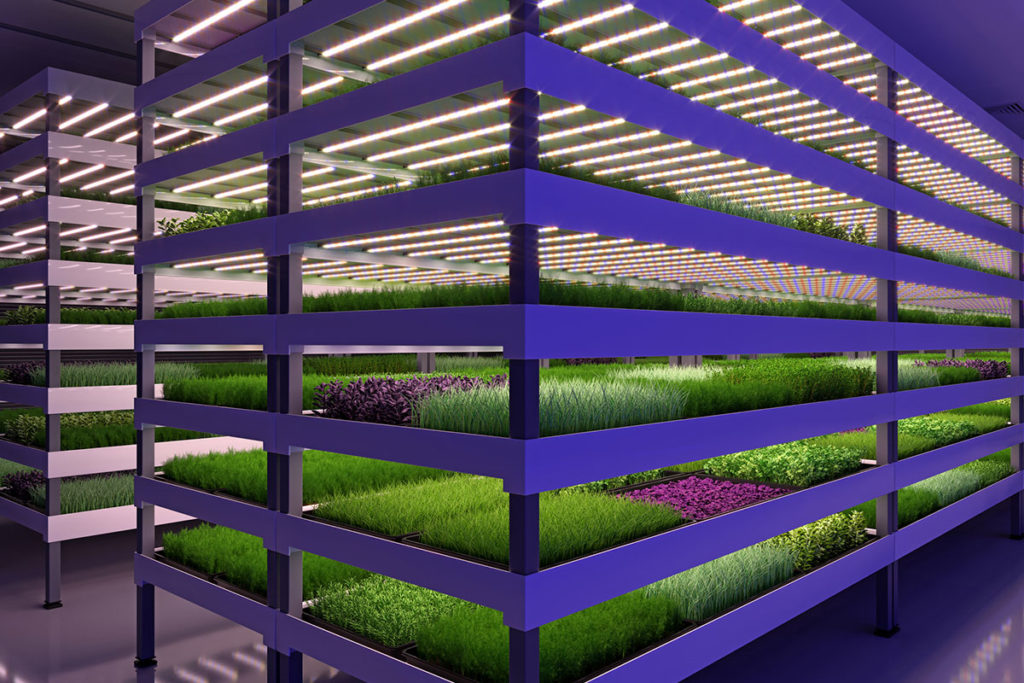Climate Control in Vertical Farming: Part 3

Indoor cultivation poses a unique set of challenges that differ from those faced in outdoor cultivation. Managing the transpiration rate of plants is one of the most significant challenges. In outdoor settings, transpiration cools down crops and transports nutrients from roots to growing parts of the plant. However, in indoor settings, the cooling function of transpiration is less important, and the primary function becomes the transportation of nutrients. One of the crucial indicators of success in indoor cultivation is leaf temperature, which tells growers whether the plant is transpiring and whether the climate is allowing it to cool itself down.
Water management is another crucial aspect of indoor cultivation. By minimizing transpiration while maximizing output, growers can minimize the energy associated with dehumidification and recirculate water. However, mistakes can occur during the design and installation of cultivation facilities. Common mistakes include under dimensioned dehumidification, cooling equipment that can’t achieve desired temperatures, ill-calibrated sensors, and poor airflow design. Growers should prioritize regular maintenance and cleaning to ensure their equipment is operating correctly.
For those looking to repurpose an existing facility, ventilation may be a relatively inexpensive addition to the space. Recapturing heat from the condenser of a cooling system to use as reheat for dehumidification is also recommended. Heat recovery chillers or water-cooled chillers can give off heat from their condenser side, which can be reused.
Overall, managing indoor cultivation is a complex process that requires careful consideration of the unique challenges presented by indoor environments. Growers must prioritize water management, maintaining proper humidity and temperature levels, and ensuring that all equipment is calibrated and functioning correctly. By taking these steps, growers can optimize their yields and ensure the success of their indoor cultivation operation.